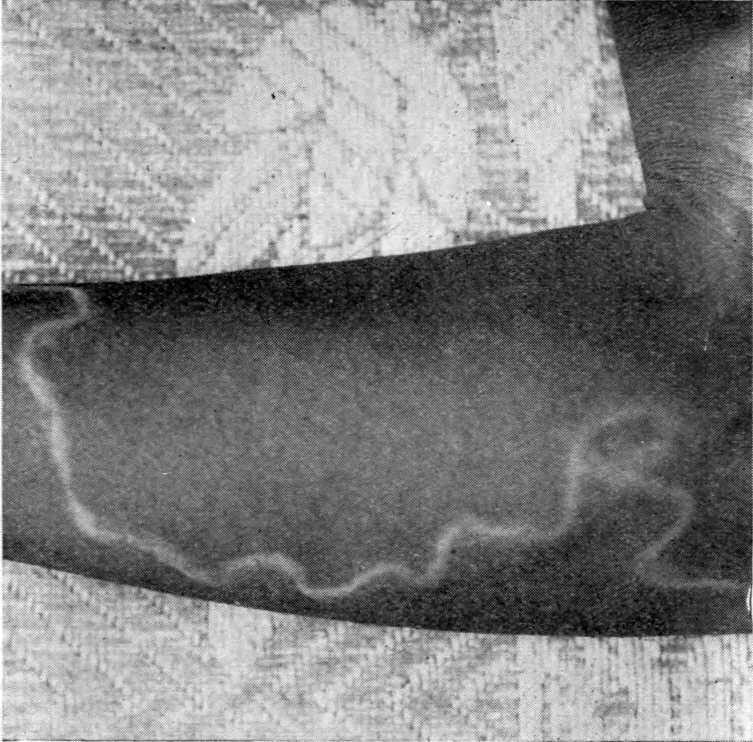|
Sphaerularia
''Sphaerularia'' is a genus of nematodes belonging to the family Sphaerulariidae Sphaerulariidae is a family of nematodes belonging to the order Tylenchida Tylenchida is an order (biology), order of nematodes. List of families * Superfamily Criconematoidea ** Family Criconematidae ** Family Tylenchulidae * Superfa .... The species of this genus are found in Europe and Northern America. Species: *'' Sphaerularia bombi'' *'' Sphaerularia vespae'' References {{Taxonbar, from=Q18520228 Tylenchida Secernentea genera ... [...More Info...] [...Related Items...] OR: [Wikipedia] [Google] [Baidu] |
Sphaerularia Bombi
''Sphaerularia bombi'' is an entomopathogenic nematode. It is parasite of bumblebees. It infects and sterilizes gynes or potential queens of bumblebees. Life Cycle ''Sphaerularia bombi'' is a nematode that infects hibernating bumblebees. Bumblebees start seeking out a hibernation site for the winter season during fall and autumn. ''S. bombi'' would cause the infected bee multiple fail attempts to burrow into the ground, and with each fail attempt hundreds of 3rd stage larvae would be discharged from the bee's anal opening. The larvae would eventually develop into the 4th larvae stage, this is the period where the infected bee dies. When a healthy bee finds its hibernation site, the 3rd stage larvae would infect the bee by penetrating it. The bee emerges to the surface during the spring season, and by that time the nematodes has developed into a mature female producing eggs within the bumblebee; 1st larvae stage. The eggs then hatches and molts into the 2nd larvae stage, which the ... [...More Info...] [...Related Items...] OR: [Wikipedia] [Google] [Baidu] |
Sphaerularia Vespae
''Sphaerularia vespae'' is an endoparasitic nematode that infects the Japanese yellow hornet, ''Vespa simillima''. It invades and resides in the gaster (abdomen) of female hornets where it grows and develops. Because ''S. vespae'' sterilizes its host, it is also known as a parasitic castrator. After '' S. bombi'', it is the second recognized species of the genus ''Sphaerularia''. Diagnosis ''Sphaerularia vespae'' is characterized by the round, finger-like tip tail of females and the conspicuous male bursa. These features are used to distinguish ''S. vespae'' from ''S. bombi''. In addition, the square head shape of parasitic juveniles also distinguishes ''S. vespae'' from ''S. bombi,'' which have a more round, dome-shaped head. Distribution ''S. vespae'' has been found at several sites in Sapporo, Hokkaido, Japan ( Hitsujigaoka, Mount Moiwa and Shiraikawa Sapporo), and in Nishi-Nopporo, Ebetsu, Hokkaido. Life cycle ''S. vespae'' h ... [...More Info...] [...Related Items...] OR: [Wikipedia] [Google] [Baidu] |
Sphaerulariidae
Sphaerulariidae is a family of nematodes belonging to the order Tylenchida Tylenchida is an order (biology), order of nematodes. List of families * Superfamily Criconematoidea ** Family Criconematidae ** Family Tylenchulidae * Superfamily Tylenchoidea ** Family Anguinidae ** Family Belonolaimidae ** Fami .... Genera: * '' Prothallonema'' Christie, 1938 * '' Sphaerularia'' Dufour, 1837 * '' Tripius'' Chitwood, 1935 * '' Veleshkinema'' References Tylenchida Nematode families {{secernentea-stub ... [...More Info...] [...Related Items...] OR: [Wikipedia] [Google] [Baidu] |
Léon Jean Marie Dufour
Léon Jean Marie (or Jean-Marie Léon) Dufour (10 April 1780, Saint-Sever – 18 April 1865) was a French medical doctor and naturalist. Between 1799 and 1806 he studied medicine in Paris then returned to Saint-Sever in the Landes. He participated as an army doctor in the Peninsular War and returned to his birthplace at the end of the war. In 1854, he was elected a foreign member of the Royal Swedish Academy of Sciences. Dufour’s gland, an abdominal gland found in the females of nearly all members of the suborder Apocrita, is named after him. During his life he published 232 articles on arthropods (twenty on spiders) and was the author of ''Recherches anatomiques sur les Carabiques et sur plusieurs autres Coléoptères'' (1824–1826, Paris). He was honoured in 1810, in the naming of '' Dufourea'', which is a genus of lichen-forming fungi in the subfamily Xanthorioideae of the family Teloschistaceae. Additional writings * ''Recherches anatomiques et physiologiques sur le ... [...More Info...] [...Related Items...] OR: [Wikipedia] [Google] [Baidu] |
Nematodes
The nematodes ( or ; ; ), roundworms or eelworms constitute the phylum Nematoda. Species in the phylum inhabit a broad range of environments. Most species are free-living, feeding on microorganisms, but many are parasitic. Parasitic worms (helminths) are the cause of soil-transmitted helminthiases. They are classified along with arthropods, tardigrades and other moulting animals in the clade Ecdysozoa. Unlike the flatworms, nematodes have a tubular digestive system, with openings at both ends. Like tardigrades, they have a reduced number of Hox genes, but their sister phylum Nematomorpha has kept the ancestral protostome Hox genotype, which shows that the reduction has occurred within the nematode phylum. Nematode species can be difficult to distinguish from one another. Consequently, estimates of the number of nematode species are uncertain. A 2013 survey of animal biodiversity suggested there are over 25,000. Estimates of the total number of extant species are subject ... [...More Info...] [...Related Items...] OR: [Wikipedia] [Google] [Baidu] |
Tylenchida
Tylenchida is an order (biology), order of nematodes. List of families * Superfamily Criconematoidea ** Family Criconematidae ** Family Tylenchulidae * Superfamily Tylenchoidea ** Family Anguinidae ** Family Belonolaimidae ** Family Dolichodoridae ** Family Ecphyadophoridae ** Family Hoplolaimidae ** Family Heteroderidae ** Family Pratylenchidae ** Family Tylenchidae * Superfamily Sphaerularina ** Family Allantonematidae ** Family Fergusobiidae ** Family Iotonchiidae ** Family Parasitylenchidae ** Family Sphaerulariidae References Further reading * Mohammad Rafiq Siddiqui. ''Tylenchida: Parasites of Plants and Insects''. 2nd ed. Wallingford: CABI Publishing, 2000. External links Order Tylenchida Nematode Identification at the University of Florida Entomology and Nematology Department {{Authority control Tylenchida, Nematode orders ... [...More Info...] [...Related Items...] OR: [Wikipedia] [Google] [Baidu] |
